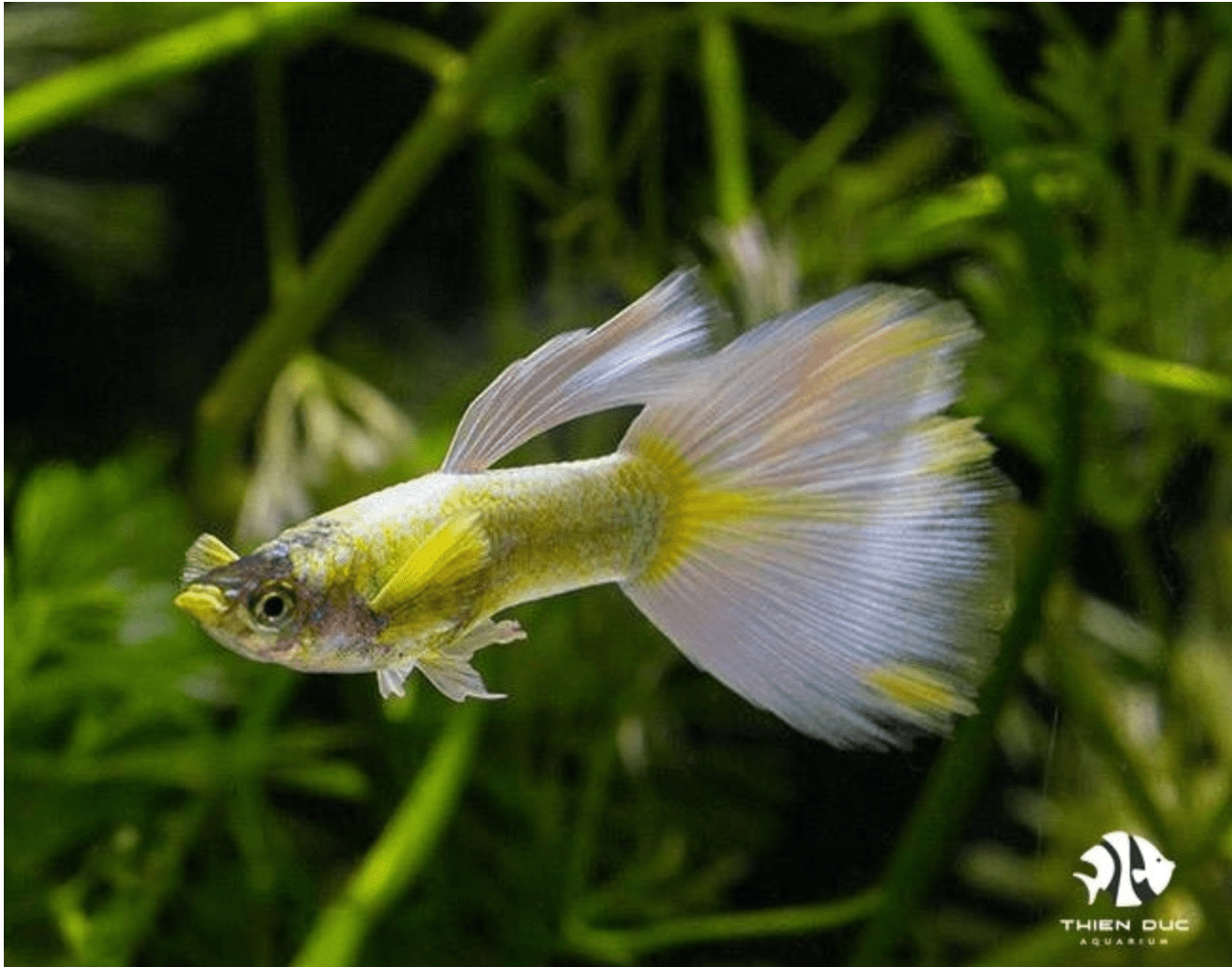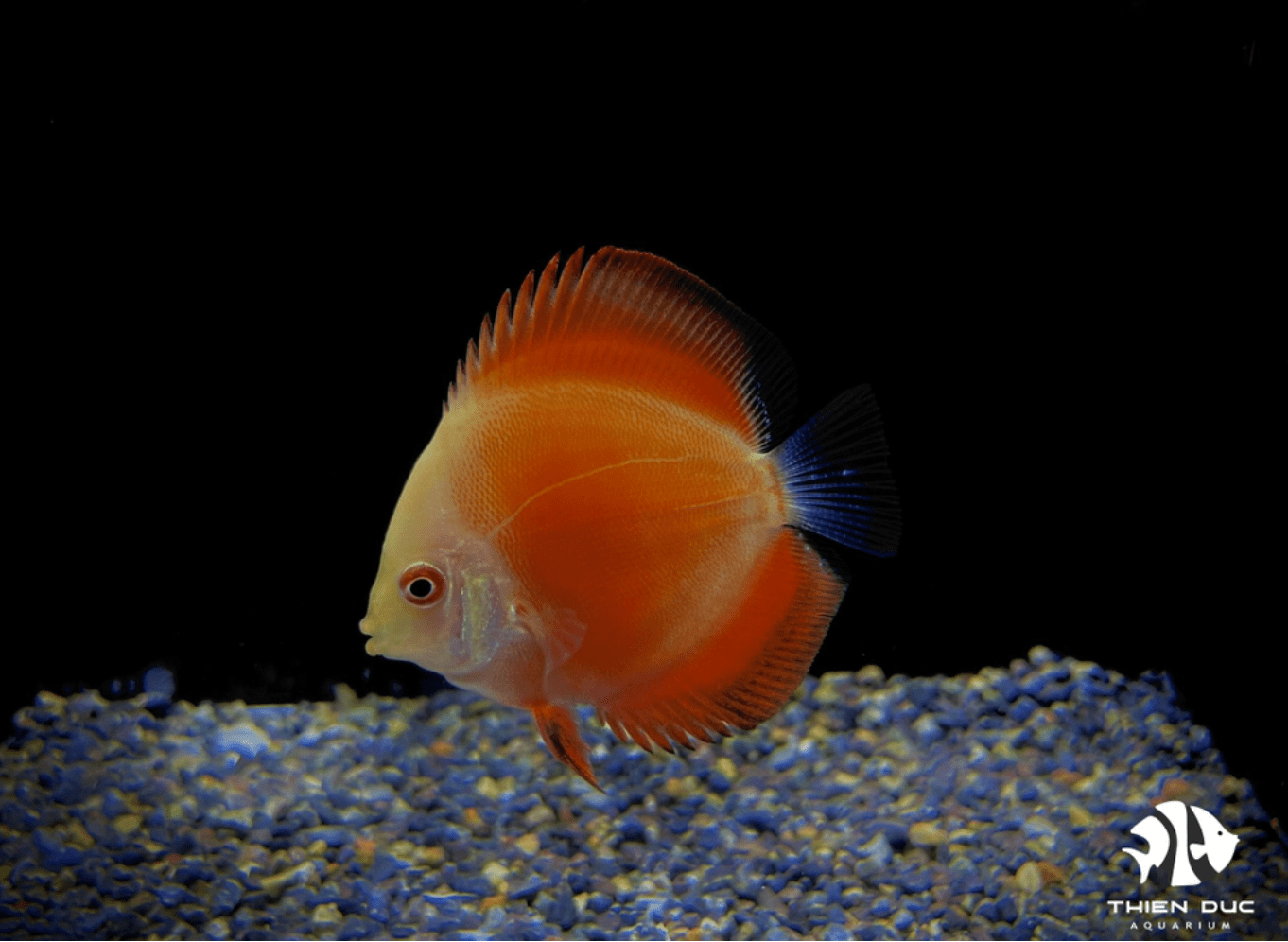Aquarium Wood for Sale: Sourcing the Best Driftwood
The art of aquascaping is creating a vibrant, living masterpiece, with driftwood as a core element. It adds stunning aesthetics and vital ecological benefits to any aquarium. Sourcing and preparing the right Aquarium wood for sale are crucial for the health of your aquatic world. For enthusiasts in the UK, France, Germany, and the Netherlands, sourcing from a dedicated expert is key. Established suppliers like THIENDUC AQUARIUM are invaluable, providing safe, well-prepared, and expertly selected materials for a beautiful aquascape.
The Benefits of Driftwood
Beyond its undeniable aesthetic appeal, the right driftwood is a cornerstone of a healthy and balanced aquarium. The visual impact is immediate; a well-placed piece of wood can create a focal point, add a sense of depth and dimension, and provide the structure needed for a truly natural-looking habitat. It's this naturalistic approach that resonates with discerning aquarists.

Aesthetics
Driftwood allows you to mimic the natural habitats of fish found in rivers and streams across Asia, providing an authentic and calming environment. The intricate shapes, from twisted roots to long, graceful branches, can be arranged to create everything from dense forest scenes to open, minimalist layouts. This versatility makes it an indispensable tool for aquascapers of all skill levels.
Biological Function
Every piece of wood is a living surface. Once submerged, it becomes a thriving home for beneficial bacteria, which are crucial for the nitrogen cycle. These microorganisms break down harmful waste products, converting ammonia and nitrite into less toxic nitrate. This natural filtration support is a significant advantage, helping to maintain stable water parameters and a clean, balanced ecosystem for your fish.
Shelter and Security
Many fish species, particularly those from wild environments like the wild fish sourced by THIENDUC AQUARIUM, thrive when they have places to hide. Driftwood's crevices and overhangs provide essential shelter, reducing stress and encouraging natural behaviours. This sense of security is particularly important for shy or small species, allowing them to feel safe and secure in their new home.
Water Chemistry
One of the most unique properties of driftwood is its ability to release tannins, which are natural organic compounds. These tannins tint the water a beautiful tea-like amber, mimicking "blackwater" environments found in the wild. This not only looks stunning but also provides significant benefits: tannins can slightly lower the water's pH, which is ideal for fish that prefer soft, acidic water, and possess natural anti-fungal and anti-bacterial properties.
Popular Types of Aquarium Wood
When exploring Aquarium wood for sale options, you'll encounter a wide variety, each with its own unique characteristics. Understanding these differences is key to selecting the perfect piece for your vision.
Mopani Wood
Known for its distinct two-toned appearance, Mopani wood is a dense and heavy hardwood. Its solidity means it sinks almost immediately, making it a reliable choice for creating a stable foundation. While it releases a significant amount of tannins initially, a good soak can mitigate this, revealing its beautiful dark and light patterns. Mopani is a popular Aquarium wood for sale choice for those seeking a robust and visually striking piece.

Malaysian Driftwood
Malaysian driftwood is a classic for a reason. Its dark, rich color and smooth surface offer a timeless look that complements a wide range of aquascapes. Like Mopani, it's very dense and sinks quickly, making it another low-maintenance option for aquarists. Its classic aesthetic and ease of use make it a staple in the world of Aquarium wood for sale.
Spiderwood
Spiderwood, with its delicate, intricate, and branching structure, is perfect for creating dynamic, tree-like landscapes. Its lightweight nature is its defining feature and also its primary challenge—it tends to float. However, this is easily remedied by weighting it down or a prolonged soaking period. Its airy, complex shape makes it a sought-after piece of Aquarium wood for sale for detailed and artistic designs.
Manzanita Wood
Manzanita is a beautiful hardwood with a clean, light color and elegant, smooth branches. It's often used to create realistic underwater forests or "tree" aquascapes due to its graceful structure. It is relatively quick to cure and release tannins, making it a great option for those who want to get their tank set up quickly. It's another excellent Aquarium wood for sale choice for those looking to build a structured hardscape.
Cholla Wood
Unlike the other types, Cholla wood is hollow and porous. It's the skeleton of the cholla cactus and is an excellent Aquarium wood for sale option for small invertebrates like shrimp and snails. Its tunnels and holes provide perfect hiding spots and breeding grounds, while its light weight makes it easy to move and place in the aquarium.
Sourcing and Preparation
Finding the right Aquarium wood for sale is just the beginning; proper preparation is vital to prevent contamination and ensure it’s safe for your tank's inhabitants. At THIENDUC AQUARIUM, with our history of supplying high-quality wild fish from Vietnam, Laos, and Cambodia, we understand that authenticity and safety are non-negotiable. Our focus on a robust network and quality control extends to every aspect of our business, ensuring that any products we provide meet the highest standards.

Purchasing from Reliable Vendors
It is crucial to purchase from a supplier who understands the specific needs of the aquarium hobby. Reputable sellers, like our network partners in the EU, ensure that their wood has been properly cured, cleaned, and is free of pests, chemicals, and toxins that could harm your fish. This is why when you seek Aquarium wood for sale, you should always choose a vendor with a proven track record of quality.
Signs of Quality
A quality piece of driftwood should be fully dried and cured. It should not show any signs of mold, rot, or insect infestation. The wood should feel solid and heavy, and if it's already prepped, it should be clean to the touch.
Step-by-Step Preparation Guide
Even with the best wood, a few simple steps will ensure a perfect start.
Step 1: The Initial Scrub Use a stiff-bristled brush to thoroughly scrub the wood under running water. This removes any loose dirt, dust, and debris that may be clinging to the surface.
Step 2: Soaking Submerge the wood in a large bucket or tub of water. This is the most important step for two reasons: it allows the wood to become waterlogged so it will sink, and it leaches out the excess tannins. Change the water daily until it runs clear, or at least a pale yellow, which can take days or even weeks depending on the type of wood.
Step 3: Boiling (Optional but Recommended) Boiling the wood is an excellent way to sterilize it and dramatically accelerate the tannin-leaching process. Boil the wood for several hours, changing the water every hour or so. This will also help to kill any unwanted bacteria or spores.
Addressing Common Problems
Even with the right piece of driftwood, aquarists often encounter a few challenges when adding it to their tanks. Fortunately, these issues are easy to solve once you know what to expect.
The Floating Problem
Buoyant wood is a common frustration, especially with lighter types like Spiderwood. The solution is simple: patience and weight. Keep the wood fully submerged, perhaps in a large bucket with a heavy rock on top, until it is fully waterlogged and sinks on its own.
The Tannin Problem
Tannin release is a natural process, and the amber tint it creates is often desirable. However, if you prefer crystal clear water, there are solutions. Regular, large water changes will gradually remove the tannins. For faster results, placing activated carbon in your filter can absorb tannins and quickly polish the water.
Biofilm
A white, fuzzy growth often appears on new driftwood in the first few weeks. This is a harmless biofilm, a natural collection of beneficial bacteria and fungi that consume residual sugars in the wood. It will disappear on its own as the food source is depleted. Snails and shrimp love to eat it, so you can think of it as a natural, healthy snack for your tank's clean-up crew.
Conclusion
Choosing the right Aquarium wood for sale is vital for any aquarist's tank aesthetics and health. Understanding the benefits, types, and preparation steps ensures you can confidently select the perfect piece. At THIENDUC AQUARIUM, our dedication to providing the highest quality products—from our wild-caught Vietnamese fish to premium wood—reflects our commitment to your passion. We are here to help you create a beautiful, sustainable aquatic home.
Contact Information:
-
Address: 57 Le Thi Sieng, Tan Thong Hoi, Cu Chi, Ho Chi Minh City, Viet Nam
-
Mobile: +84903912501
-
Office: +84982577871
-
Email: thien@thienducaquarium.com










